This project is documented in the project logs. A handy index with links:
- Initial Testing
- Amplifier section
- Bluetooth section
- Noise
- Reverse engineering/Adding a hard volume knob
- Schematics
- Audio Path
- Power
- Input Power
- Volume control
- Case
- Outputs
- Volume
- Board mounting
- LEDs
- Finished
- Final
- Future changes
- Portable speaker
 Quinn
Quinn


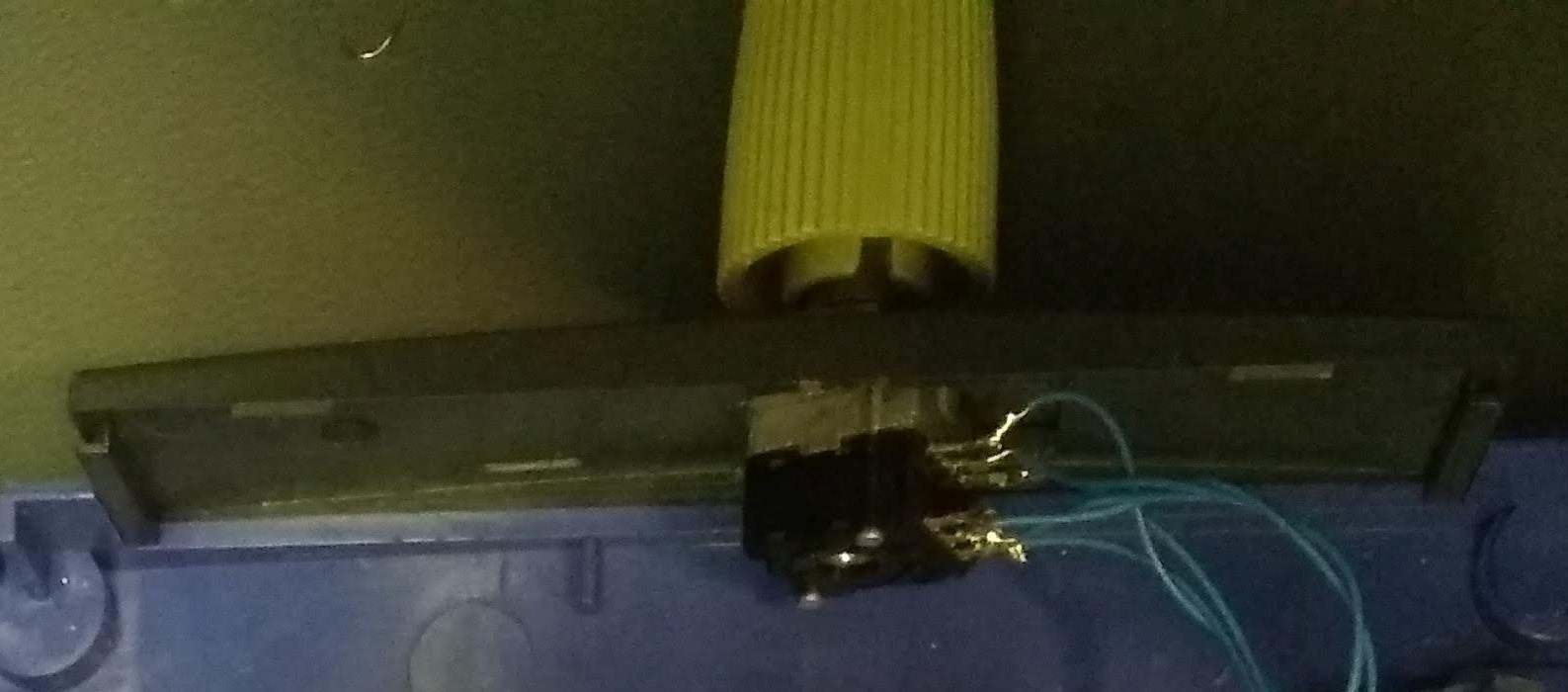
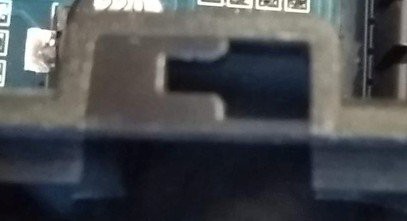
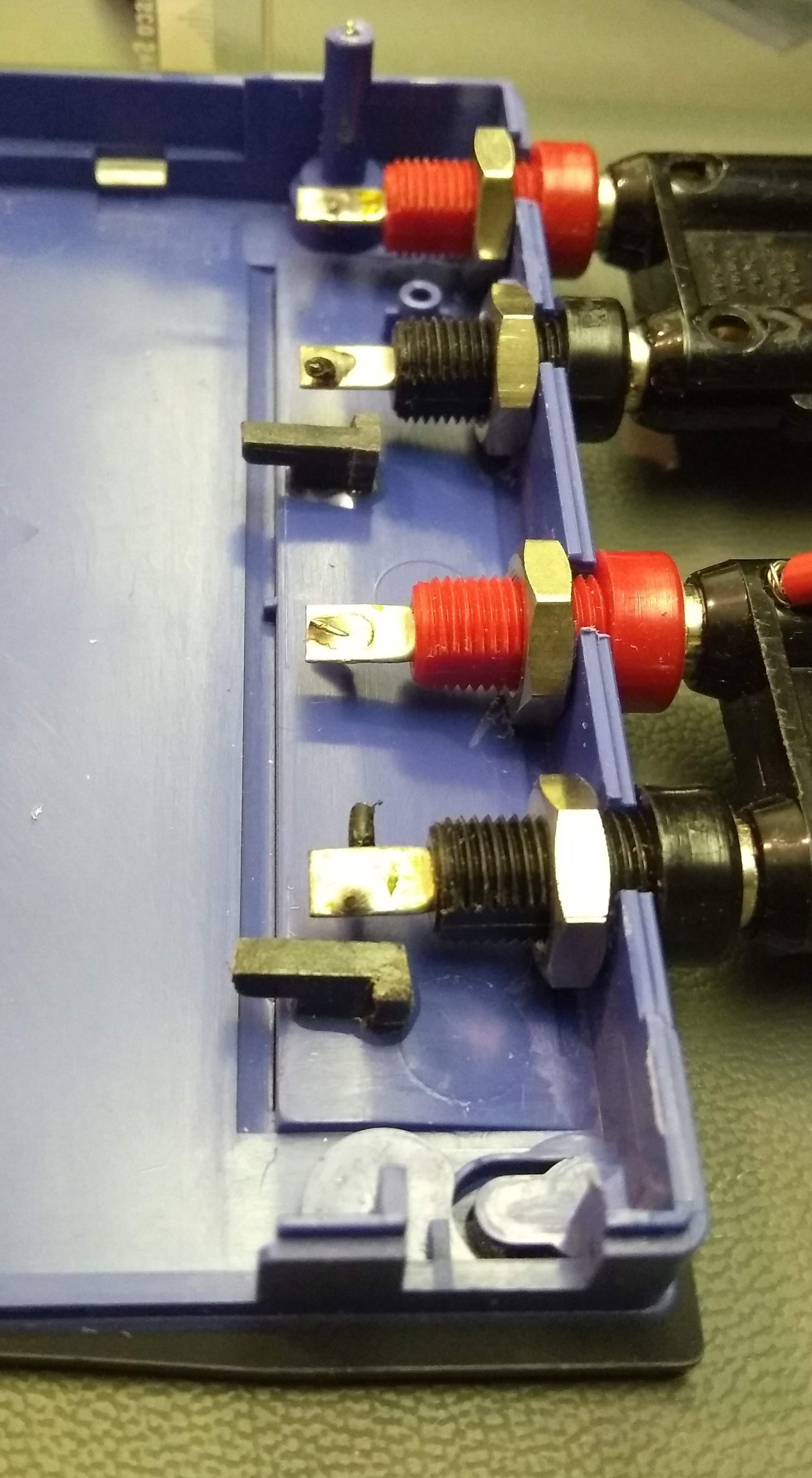



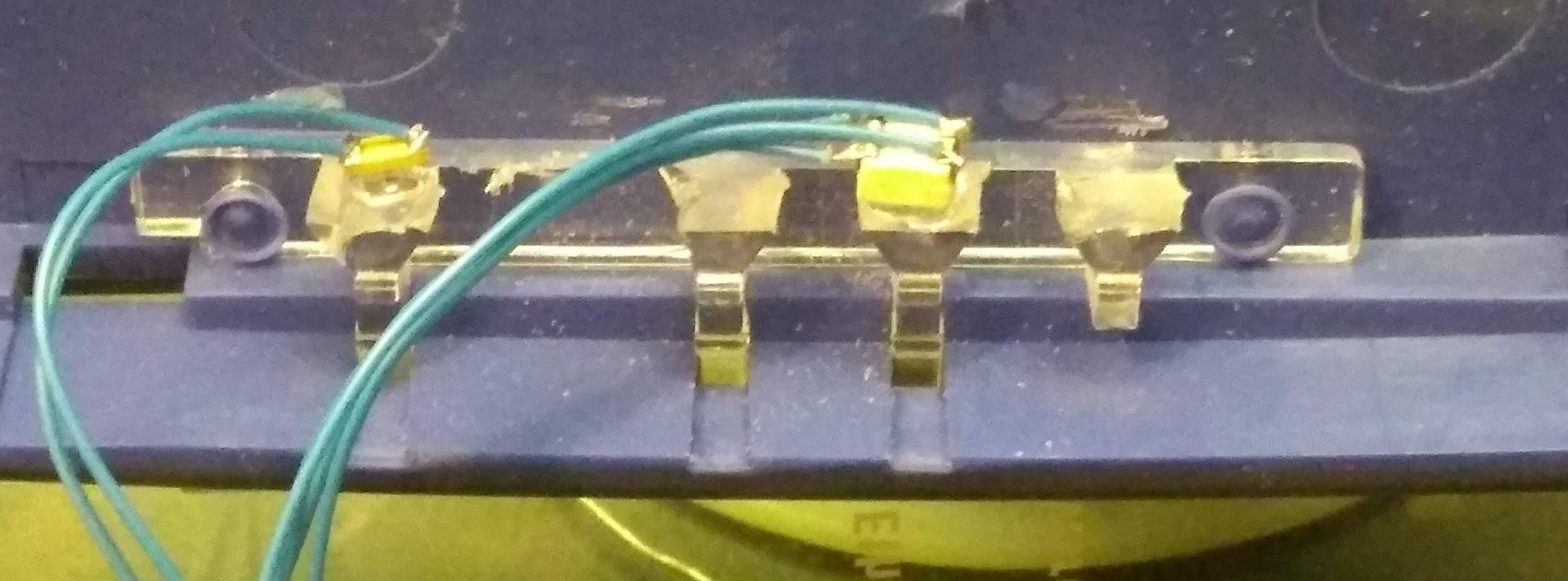
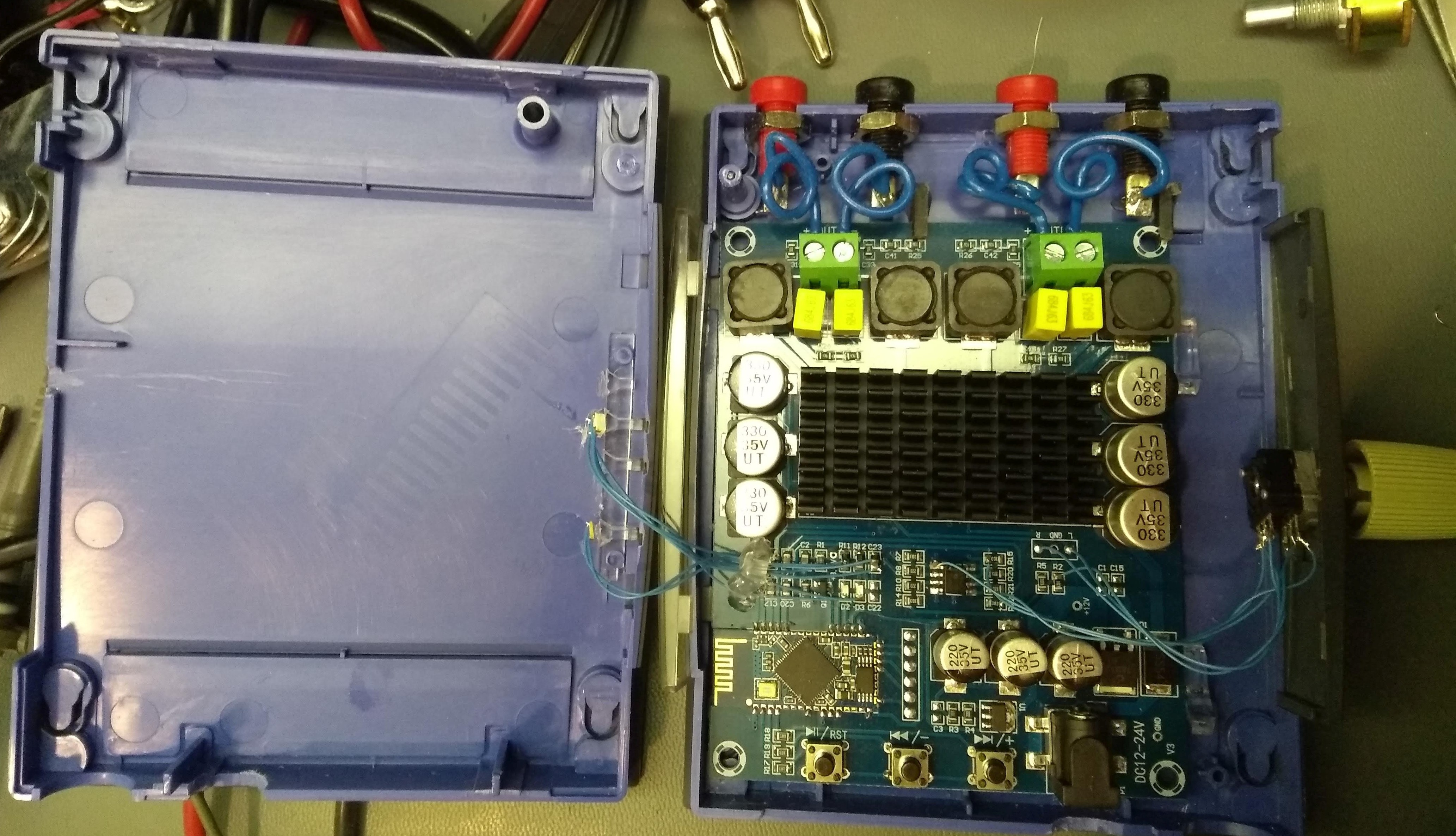
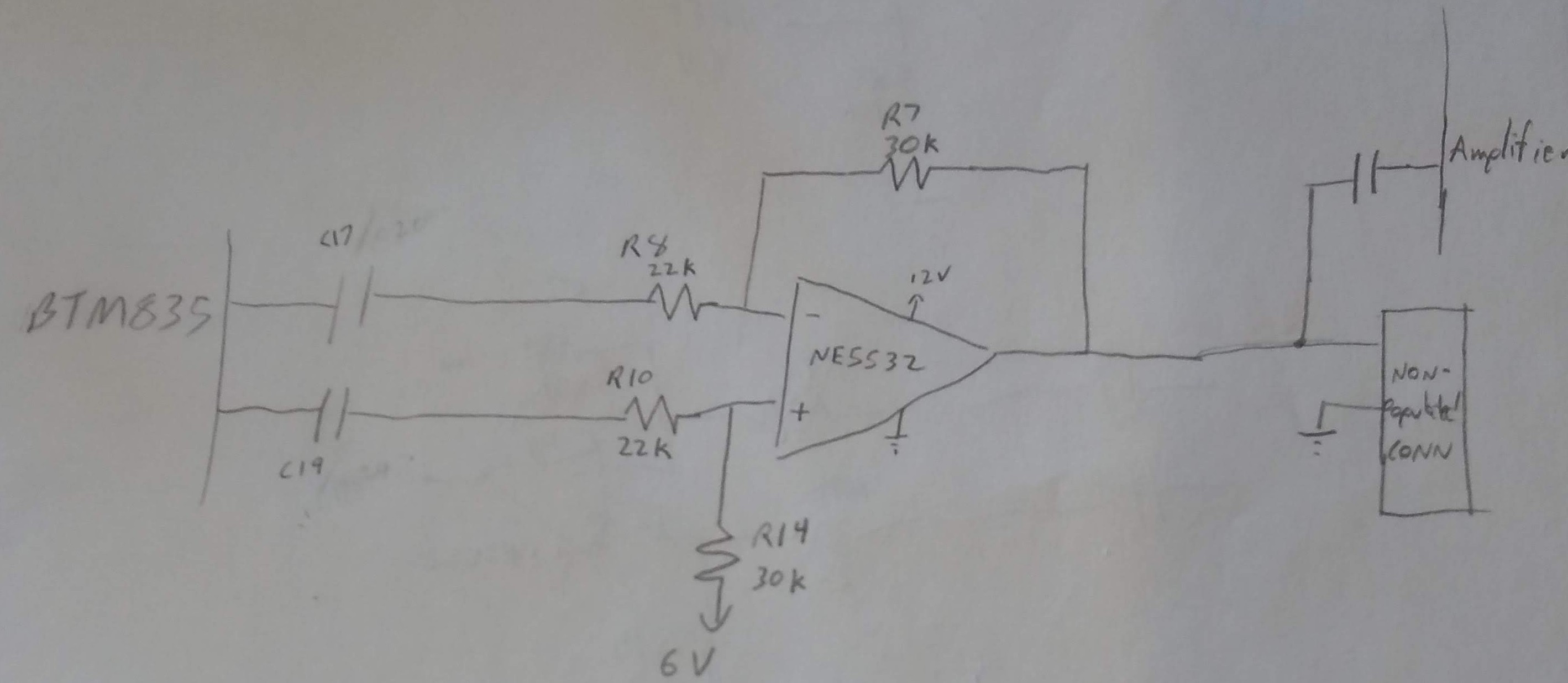
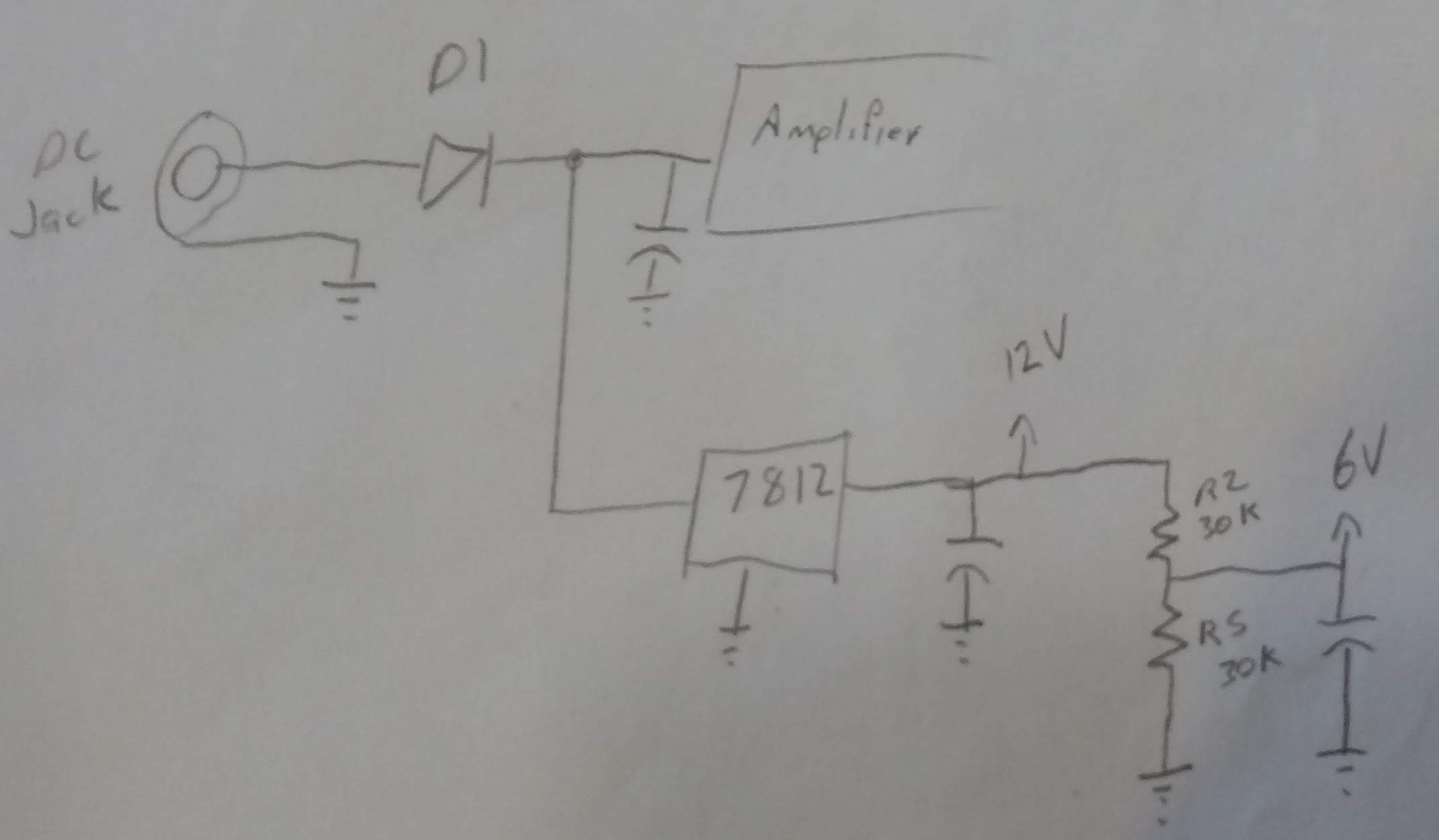
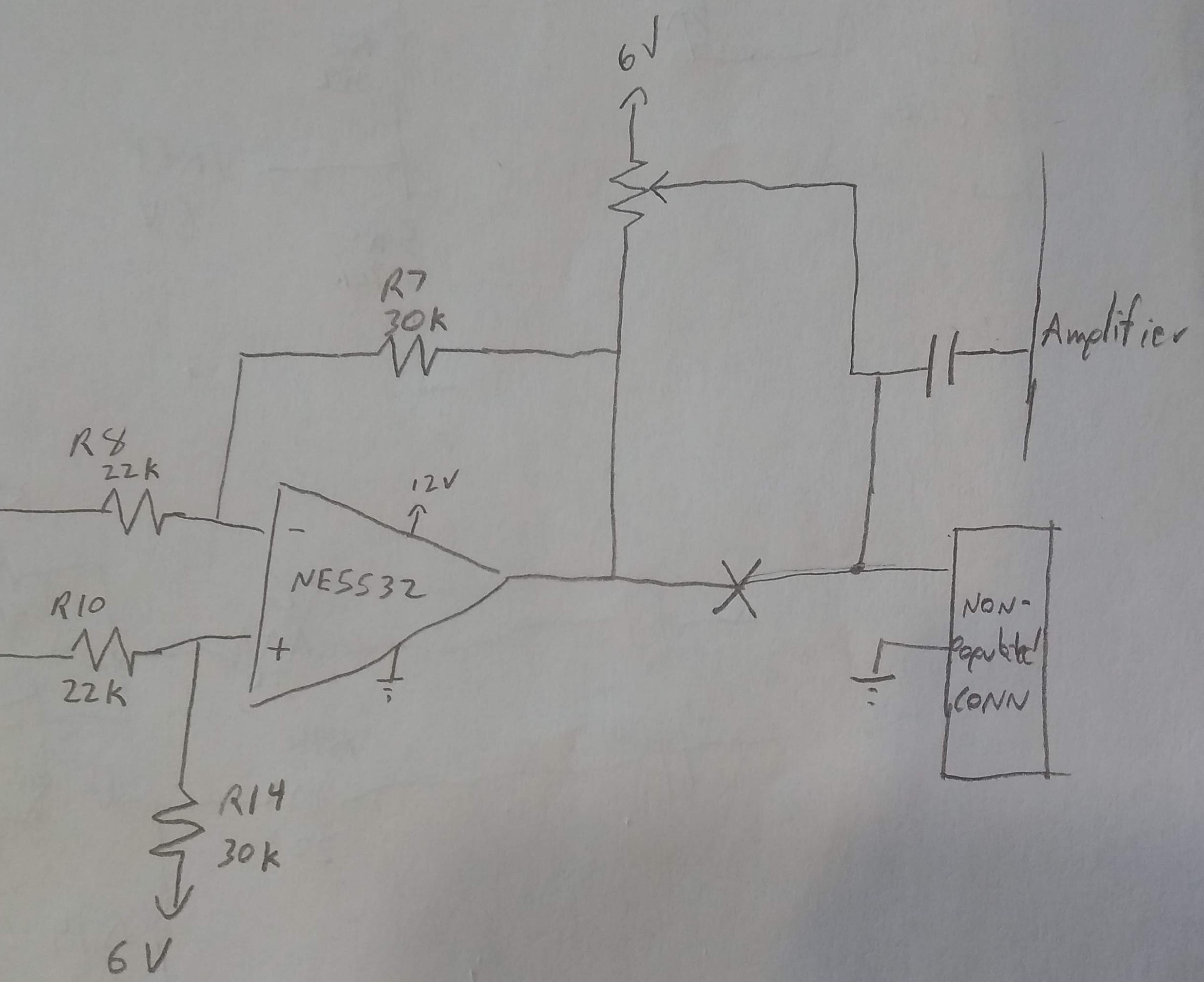
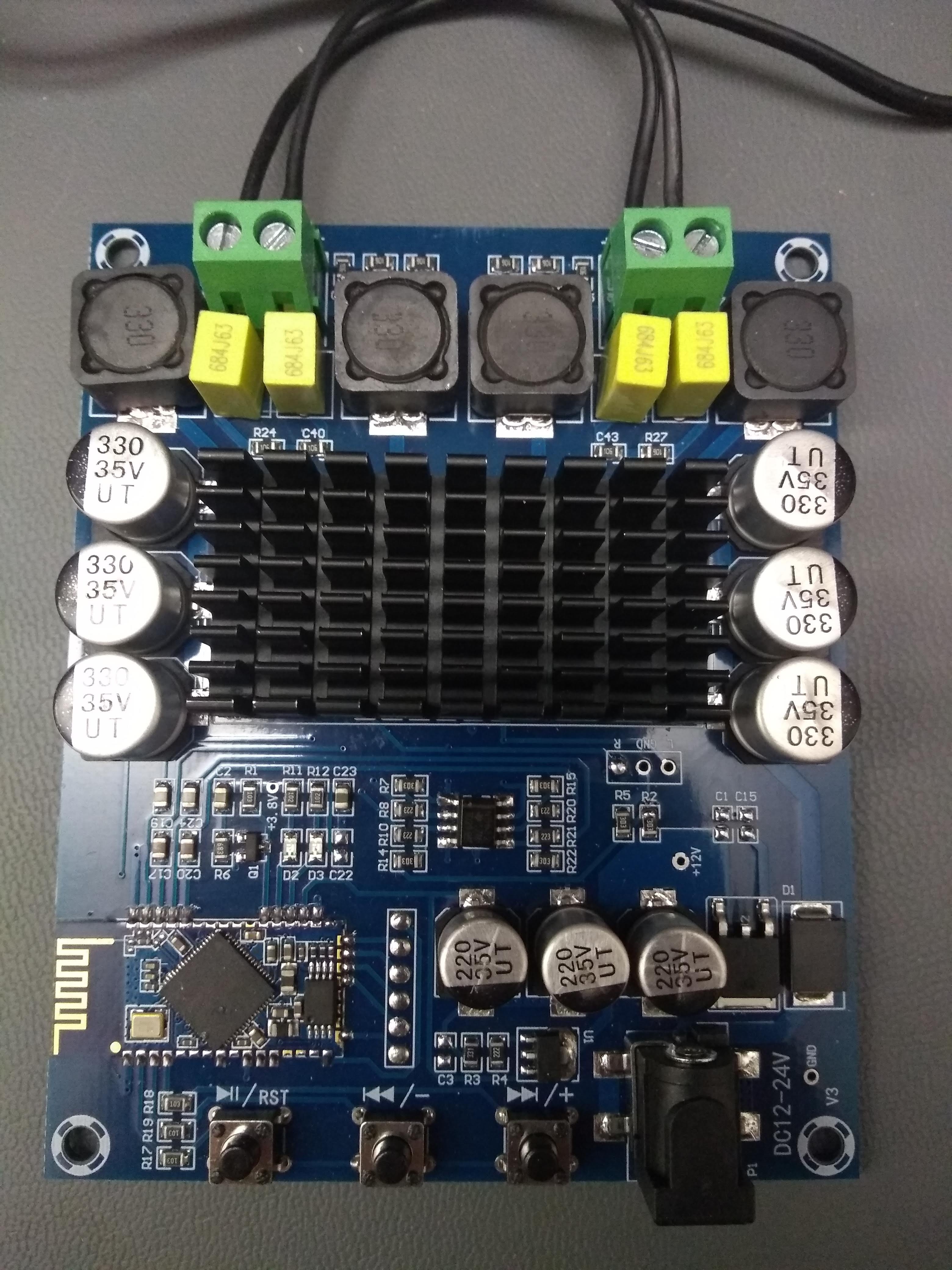

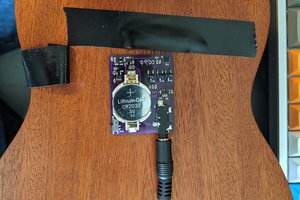
 Arno
Arno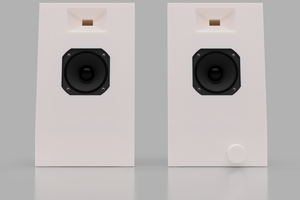
 Davide Ercolano
Davide Ercolano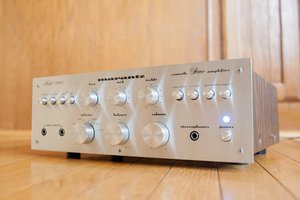
 Justin Scott
Justin Scott
 John Wetzel
John Wetzel